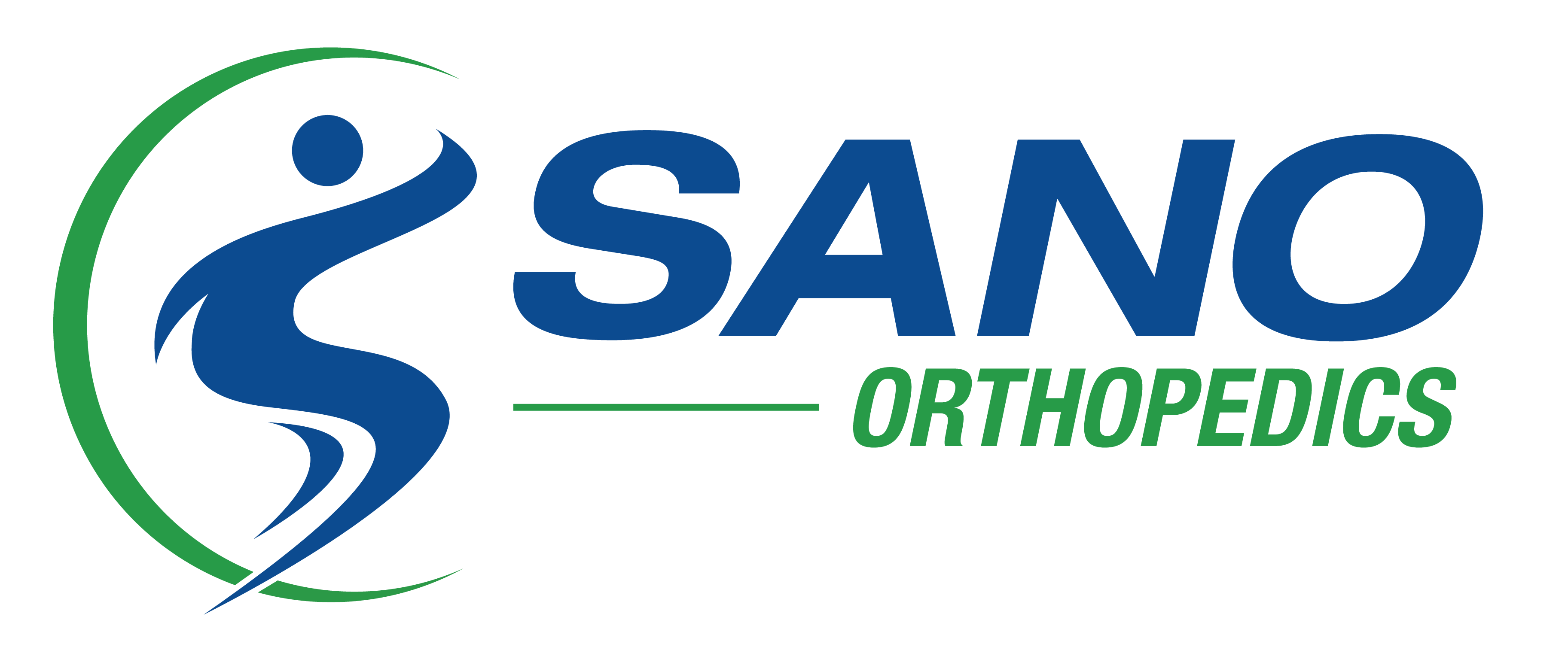Common Bone, Muscle, and Joint Injuries
Sprains, strains, dislocations, and fractures are some of the most common types of injuries that occur. Professional treatment for any of these injuries will help diagnose the issue and speed up the healing process.
Sprain
A sprain is an injury of a particular joint, such as a knee sprain or an elbow sprain. These sprains occur when a ligament (the tissues that connect different bones within the body) is overstretched. Sprains can range between being very mild to severe.
Mild sprains require little more than adequate rest and routine icing, but more serious sprains can leave the joint unstable and prone to an even worse injury. In extreme cases, the joint’s ligaments may tear completely away from the bone.
All sprain cases will result in similar symptoms, including:
- Swelling
- Pain near the joint
- Bruising
Strain
A strain is very similar to a sprain, but instead of dealing with ligaments, a strain affects the tendons. These tendons help connect muscle to nearby bones, and, when stretched or torn, can cause significant pain.
Again, strains follow the same basic principles of sprains in that they are generally less severe injuries that lead to moderate pain but a relatively speedy recovery when treated properly.
Most people will experience muscle spasms and muscle weakness after suffering a strain. In addition, you can expect some swelling, cramping, and pain to radiate from the strain area.
Dislocation
As the name suggests, a dislocation describes an event in which a joint has become displaced from its normal position. This type of
Individuals should never attempt to relocate their dislocated
The most frequent joints that suffer from dislocations are:
- Shoulders
- Ankles
- Knees
- Elbows
- Fingers
- Hips
Fracture
The major differentiation for a fracture in comparison to all of the aforementioned injuries is that a fracture signifies a break in the bone. Although typically very small, these fractures can result in a large amount of pain and potential complications.
There are several different types of fractures that a person can have, such as:
- An oblique fracture
- A stable fracture
- A compound fracture
- A comminuted fracture
- A transverse fracture
It is important to seek professional treatment for a fracture in order to set the bone properly before it begins to heal. A bone that has healed in an abnormal way will almost certainly cause long term pain and discomfort for the patient.
Seeking Treatment for Injuries in Kansas City
In general, if you notice constant pain, even if it is dull, lasting longer than 1-2 days, you should seek medical attention. A sprain or fracture may not immediately cause a lot of pain, but they can all too easily lead to future health complications or
To speak with one of our orthopedic specialists about a potential sprain, strain, dislocation, or fracture, please contact our office today by calling (816) 525-2840 to request an appointment.
